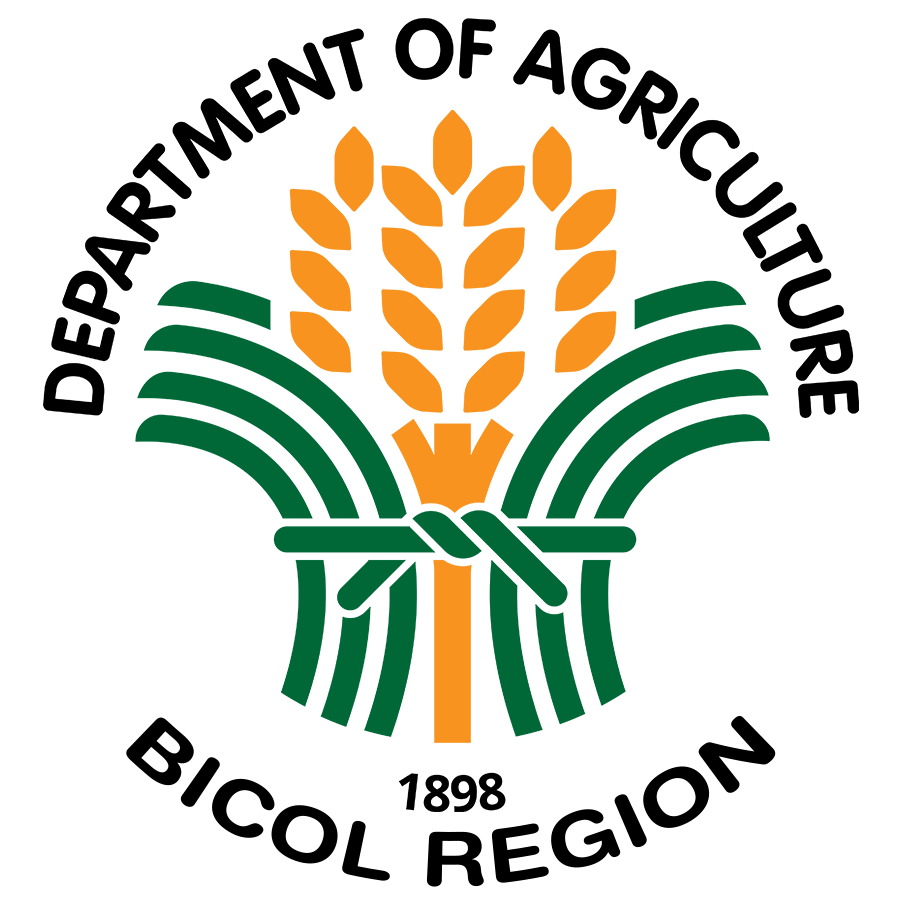CARAMORAN, CATANDUANES – “Dati nung hindi pa ginagawa ang kalsada, nagre-rent po kami ng tricycle para mailabas sa main road yung mga produkto, ngayon po kung maayos na ang kalsada, yung sasakyan na mismo ang dadaan dito sa amin, mababawasan na yung gastos namin para ilabas pa yung produkto sa main road (Previously, we rent a tricycle to deliver our products to the main road. With this road project, our area will be more accessible to vehicles thereby, reducing the hauling cost of our products),” Jojit Tabiñas, 32, abaca farmer and barangay chairman of Brgy. Maui, said.
Tabiñas is one of the farmers who see bright prospects with the ongoing implementation of the 7.37-kilometer Concreting of Junction Sabangan-Datag East Farm-to-Market Road in this municipality.
According to the Philippine Fiber Industry Development Authority (PhilFIDA), Caramoran is the highest producer of abaca in the province with 5,126.33 metric tons or 19% of the total production. The municipality also has the biggest abaca production area in the province with 6,407.91 hectares of land devoted to abaca farming.
The decade-old existing road is being maintained by re-gravelling and is passable only to single motorbikes locally known as “habal-habal.”
Ruben Arandia, 48, an abaca farmer in Brgy. Panique, said that accessibility to the market is a major challenge for abaca farmers in the community. The Datag East to Maui portion is rough with protruding stones while the Maui-Panique-Sabangan portion is muddy during rainy season. Customarily, farmers pay P1 per kilogram to transport their products from Brgy. Panique to Brgy, Sabangan. With the FMR, they hope that hauling cost will be reduced to at least .50 centavos per kilogram.
“Mapapagaan-gaan man siguro ta ang byahe madali na. Dati pano ang kalsada digdi kang enot dakol ang lubak-lubak digdi minsan nagakakaaraksidente ngani, kung minsan ngani igwang na-slide sa motor pag may karga pero pag nasemento na siguro medyo magayon na ta bako na lubak-lubak piga-aagihan ko, dae nang kale-kale, ngonian pantay na baga (Hopefully, our life will be easier because transportation will be more convenient. Previously, potholes in this road cause accidents especially for motorcycles loaded with products. Having a concrete road will make our lives better—no more potholes. We now have an even road),” Arandiasaid.
During a consultation meeting with subproject beneficiaries held on May 29, 2019 in Brgy. Panique as part of the 8th World Bank Implementation Support Mission to Philippine Rural Development Project (PRDP) South Luzon Cluster, the coconut farmers also discussed their plans to explore value-adding activities and other business opportunities once the FMR is completed. These include vinegar processing, hard broom-making and coconut shell charcoal production.
PRDP Project Support Office South Luzon Project Director and Department of Agriculture-Calabarzon Regional Executive Director Arnel de Mesa shared the prospects of coconut sap sugar production in the area. He mentioned the booming coconut sap sugar industry in Alabat island, which now exports its products to Japan, Australia and the U.S. He also encouraged the farmers to venture in coconut vinegar processing to tap the potential demand for natural vinegars with the issue on vinegar brands allegedly containing synthetic acetic acid.
Aside from agriculture, the farmer-beneficiaries also eye buy and sell business, handicrafts-making and banana chips processing.
“Napakasuwerte po ng bayan na ito. Sa halos apat na taong implementation ng PRDP sa buong Pilipinas at sa buong Bicol (This municipality is very lucky. For about four years of PRDP implementation in the Philippines and in Bicol), this is the first infrastructure project for the Province of Catanduanes and fortunately you were able to get a slice from the additional funding from World Bank and Caramoran was one of the recipients,” Dr. Elena B. de los Santos, Regional Executive Director of Department of Agriculture in Bicol and PRDP-Bicol Project Director said.
Caramoran is a fourth class municipality in Catanduanes located about 87 kilometers from the capital town of Virac. It has an agricultural area of 9,853.283 hectares or 39% of its total land area planted with abaca, coconut, lasa or tiger grass, rice, corn, root crops, vegetables, fruit trees and banana.
The P126.98 million-worth Concreting of Junction Sabangan-Datag East FMR is a PRDP I-BUILD-funded subproject that is projected to benefit 811 households, 503 of which are farmer and fisherfolk households. With the I-BUILD subproject, PRDP envisions the development of additional 35 hectares of agricultural land for abaca production in the municipality. (Annielyn L. Baleza, DA-RAFIS V)
